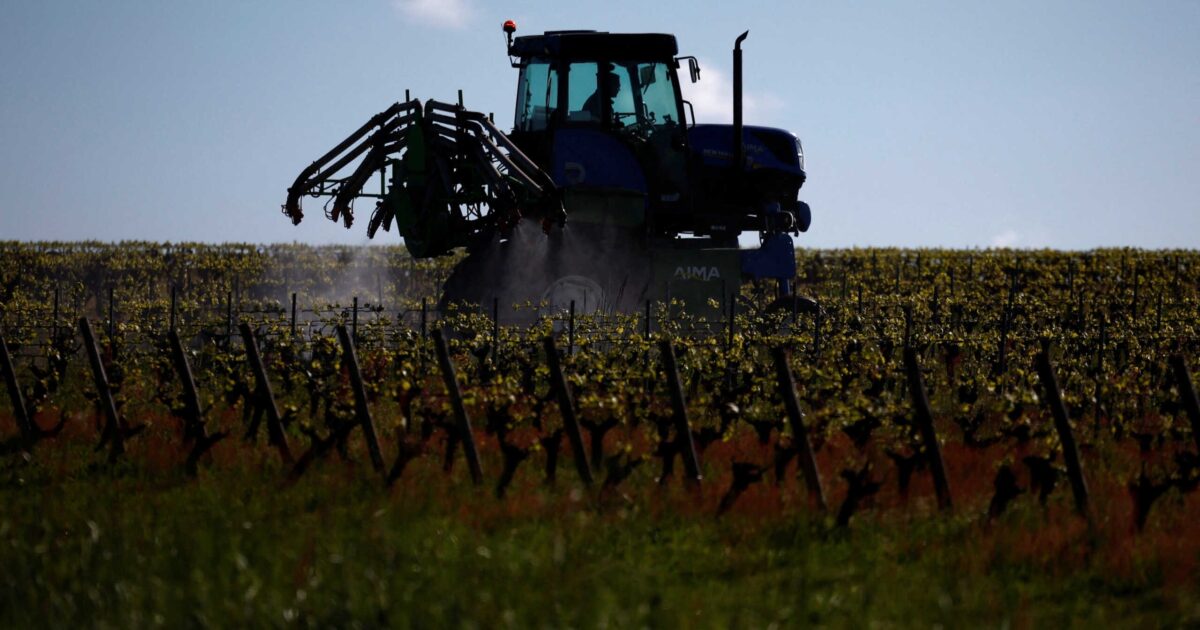A fixed income trunk for their farmersaspires to shape her proposal Commission For Common Agricultural Policy (CAP) 2028-2034, introducing a separate European “net” for market crises and conveying the growth dimension to wider national and regional plans, with a clear framework.
According to Brussels sources, the goal of the Commission is less bureaucracy for farmers and Member States, more transparency and the funds that reach where it is produced.
The new architecture is binding on the CFP in the proposed perennial fiscal framework through simplification, from 52 to 16 programs, with more flexible planning, results orientation and technical rule to adapt the ceilings based on inflation.
The logic of the rule is to maintain the true value of resources in a six -year horizon, with a 2% basic default and adjustments when the price comes out of the zone.
In the financial core, the Commission proposes two distinct “tanks”. The first concerns the producers themselves: 293.7 billion euros for immediate income aid, next to a single, European safety net of € 6.3 billion for market disorders (prices, zoos, vegetables).
The second tank is the plans of national and regional corporate relationship. There, the proposal concerns € 865 billion in grants in total, of which € 783 billion for the plans themselves, € 10.2 billion for Interreg and a “pillow” of € 453 billion that remains unmistakable within the plans to adjust to national priorities. At the same time there is a special EU mechanism of € 71.9 billion for specific policy lines such as leader, knowledge exchange and innovation, interventions in the out -of -the -country regions and small islands, school program and targeted aid in crisis cases. The same ecosystem provides “Catalyst Europe” loans of 150 billion euros as an additional funding tool.
At the level of direct payments, architecture becomes more targeted. The basic support is within a national average of EUR 130–240 per hectare, with two clear redistribution rules: a mandatory progressive reduction of EUR 20,000 and a maximum of EUR 100,000 per year. The connected support is enhanced, where productive need is substantiated, simplified flat -rate shapes for small farmers are added and priority to young farmers and areas with natural restrictions is prioritized.
In the “green” and social dimension, the package introduces a new system of managing agricultural farms, with fewer horizontal EU requirements and better adaptation to the needs of Member States. Environmental support is rationalized, a flat -rate transition support is provided for up to EUR 200,000 for the adoption of a lower risk sustainable systems, as well as social heresy that “binds” payments with decent working conditions.
Particular emphasis is given to competitiveness and synergies with EU horizontal tools. The direction is enhanced by innovation and value chains, utilizing the European Competitiveness Fund and “Horizon Europe”, and mobilization to upgrade the productivity of the countryside.
